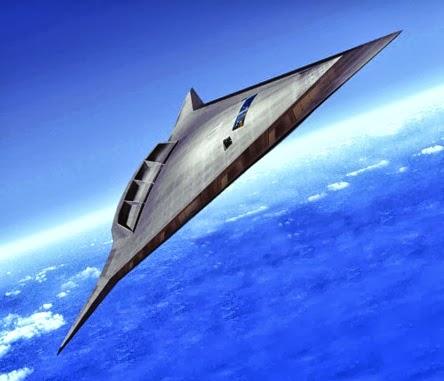The estimated 55 billions of dollars for the acquisition of a fleet composed of 100 next generation bombers may not be enough. Indeed, a recently released study explains that "to guarantee America's asymmetric advantage in long-range precision attack, 200 bombers will be needed".
In the study published by the Mitchell Institute last November, retired general Michael Moeller explains the need for a fleet of 18 LRS-B within the 200. "Limiting the production of the new bomber to just 2045 specimens will greatly reduce the US options available during times of crisis or instability. A force of 100 bombers, on the other hand, will support that American asymmetric advantage."
The studio is not the only voice outside the choir. The Air Force also presses for a force of at least 150 bombers ready for combat compared to the 80 / 100 planned by the Department of Defense. An estimate - add from the Air Force - purely economic and unrealistic, even in the face of the new aggressive Russian and Chinese attitude.
The USA projection capacity, with only 100 LRS-B, could be at risk starting with the 2045. The flying wing of Northrop Grumman prevailed over the prototype proposed by the Boeing / Lockheed Martin team. Both have proposed flying wings. The first Air Force contract provides for the purchase of five lots for a total of 21 aircraft.
The "B-3" will be assembled in Palmdale, in the same plants where the B-1 and the B-2 (built by Northrop) were built. The next generation super bomber of American aviation (some may even be unmanned) is now a reality. We already know the price of the new bomber: 550 million dollars per specimen for a fleet composed of 100 new generation aircraft and a total cost of 55 billion dollars.
The new bomber will cost a quarter of the B-2, currently under the USAF. The twenty-one aircraft built and the prohibitive operating costs relegate the B-2 more to propaganda aircraft than to realistic combat aircraft (also because there are no theaters that require the strength, power and technology of the B-2 dissolved the USSR ). The Long Range Strike-Bomber is considered a top priority for the Air Force. The US Air Force wants a long-range subsonic bomber with high aerodynamic efficiency, the ability to evade any type of air defense and a virtually zero RCS (Radar Cross Section). The very low radar signature is a fundamental prerequisite of the new bomber. In addition to conventional armament, the future bomber will have the ability to carry nuclear warheads at enormous distances. The project has been classified since 2011. The first wing will be operational in 2025. The B-1 and B-52 will be withdrawn from service in 2045.
(photo: Northrop)












